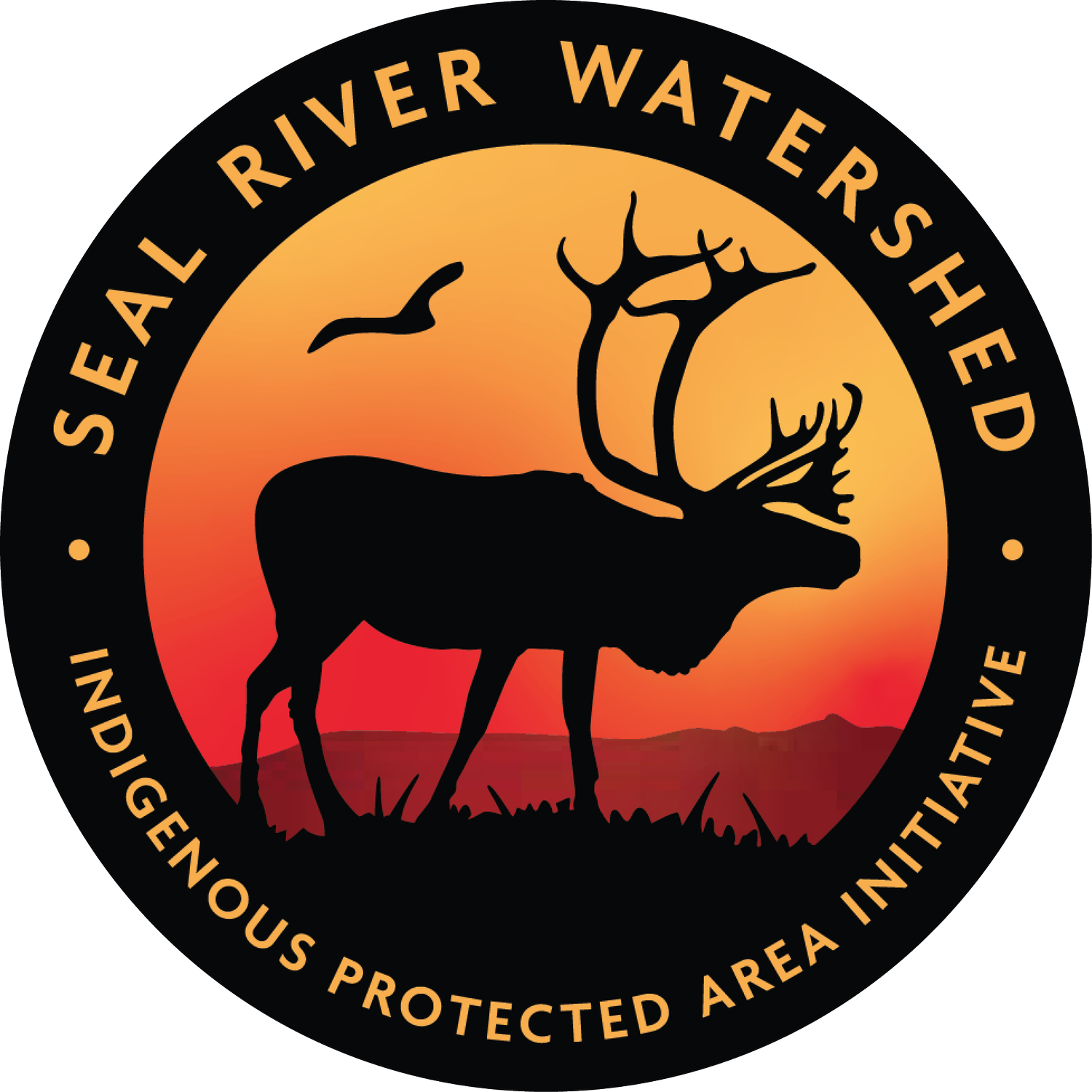Seal River Watershed Home To Three Species Of Bears
By Stephanie Thorassie
Two years ago, my parents were camping at Stoney Lake north of Tadoule Lake. They were looking through their binoculars at the shore fishing when they saw a giant rock suddenly move! They could not believe the size of this bear! It had extra wide shoulders and blonde colouring down its back. They called out to one another in astonishment, “That’s not a black bear, that’s a grizzly!” That same day two other community members, Philip Thorassie, and Marlene Anderson saw the same bear further down the road as it was aggressively coming towards them on their ATV without fear of the sound of the machine, or their voices. This is not normal black bear behavior.
Local people have talked about grizzly sightings in the Seal River Watershed for years.
Now a recent research paper shows that grizzly bears are becoming more common in northern Manitoba. Their presence has increased over the past forty years, likely coming from existing populations in Nunavut and the Northwest Territories.
This study confirms what we have known for a long time. Called Ghotelzaseh or Dtlezeh in Dene, Kakenokuskwe osow Muskwa in Cree, and Akla in Inuktitut, grizzlies have appeared in our oral histories of our territories as far back as we remember.
It’s unfortunate it sometimes takes western science research for people to take note of what Indigenous knowledge has already recognized. But I’m glad the biodiversity of our lands is getting more attention.
It’s rare to have three kinds of bears in one landscape, but the Seal River Watershed is home to polar, grizzly, and black bears. It’s a testament to how special the watershed is. In addition to bears, it sustains barren ground caribou, moose, wolverines, belugas, sturgeon, tens of thousands of migratory birds, and countless other species.
This abundance also sustains our cultures, languages, and traditions. That is why we are working to create the Seal River Watershed Indigenous Protected Area. Ensuring the animals thrive on the land means our peoples will thrive too.
The presence of the bears reminds us of the resilience of the land. Grizzlies are expanding their range, and polar bears are starting to intermix with grizzlies as climate change threatens their populations. They are adapting, even in the face of challenges. It’s humbling, and we honour the endurance of these mighty animals.
Grizzly bear: Credit: Douglas Clark
Polar bear: Credit: Indigenous Leadership Initiative


